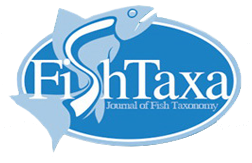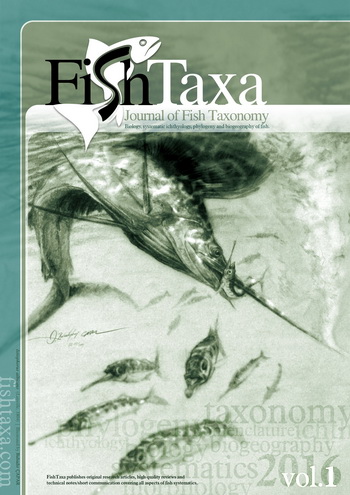Western Atlantic spotted groupers (Teleostei: Serranidae: Epinephelinae): stabilisation of currently used scientific names by neotype designations
Ronald FRICKE Bayugan 1Staatliches Museum für Naturkunde in Stuttgart, Rosenstein 1, 70191 Stuttgart, Germany.
Zachary S. RANDALL Florida Museum of Natural History, University of Florida, Dickinson Hall, Gainesville, FL 32611, USA.
James S. MACLAINE The Natural History Museum, Cromwell Road, London S.W.7 5BD, UK.
Abstract
Three species of spotted groupers in the subfamily Epinephelinae are known from the western Atlantic, Cephalopholis cruentata (Lacepède 1802), Epinephelus adscensionis (Osbeck 1765), and E. guttatus (Linnaeus 1758). Our research into the historical sources of the names revealed a confused history and the unclear identities of the taxa, with both C. cruentata and E. guttatus being based on material of E. adscensionis from Brazil. Type specimens of the three taxa are unknown. Following the ICZN rules the resulting species identities would be highly disruptive to the stability of nomenclature, as all three species would be recognised as E. guttatus (the oldest available name, but with an identity as the E. adscensionis according to current usage); thus the three species would have to change their names. In order to stabilise these names, neotypes are selected for the three grouper species, so they can retain their currently used names.

